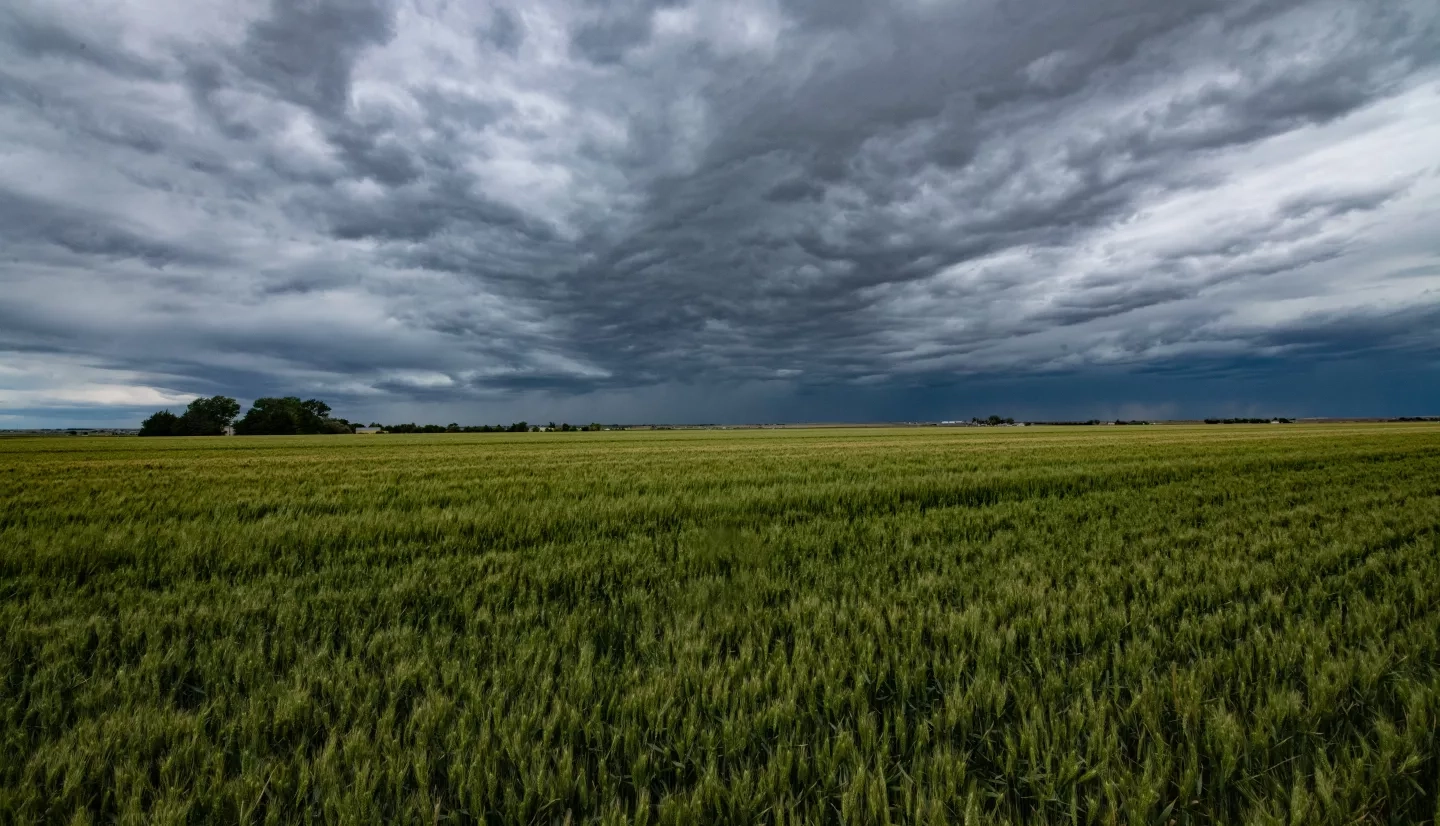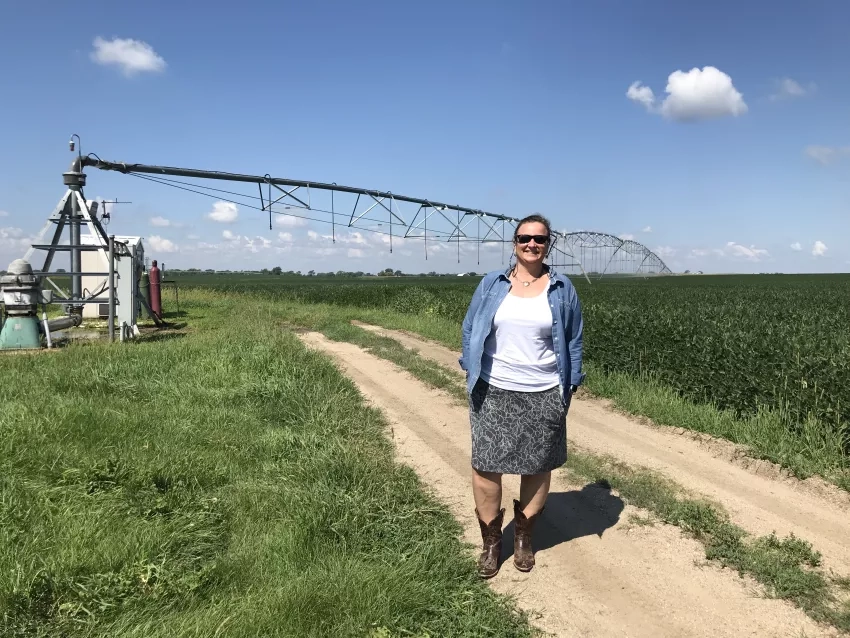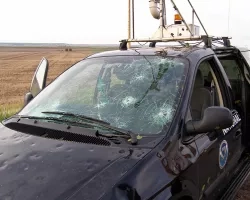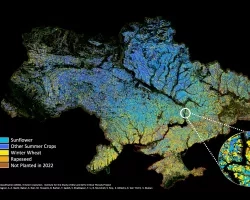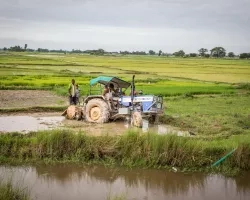The University of Maryland is the lead for NASA’s new domestic agriculture consortium. The head of NASA’s Earth Science Division, Karen St. Germain made the announcement on Wed., Oct. 26.
"There are challenges facing the U.S. agriculture system and we're very excited about this new consortium which will work with America's farmers, assisting them in using NASA Earth science data," St. Germain said.
The consortium will lead program management of $15 million dollars of grant money over the next five years, supporting efforts to increase and enable sustained uses of Earth observations for the advancement of U.S. agricultural practices. These efforts can be in public or private organizations and have the goal of supporting U.S. economic and social benefits, said Lawrence Friedl the head of the Applied Sciences Program which oversees the grant.
"Many thanks to the University of Maryland and the consortium team for their proposal," Friedl said. "The consortium approach gives a lot flexibility and agility to be responsive to current needs and especially opportunities that arise to put Earth science into action."
The consortium joins ongoing efforts like NASA Harvest to support the use of NASA Earth observations to strengthen food security, support market stability and protect human livelihoods. Consortium lead Alyssa Whitcraft said that the University of Maryland is looking forward to developing the effort.
"U.S. agriculture is critical to domestic and global food security, but it is grappling with a lot of challenges ranging from economic to environmental to social and more," Whitcraft said. "It's really exciting to have been selected by NASA to lead a consortium that will bring the value of Earth data from NASA and others - from farm to store to shelf."
Whitcraft joined NASA Earth science leadership and others in a recent NASA “listening tour” across Nebraska and Kansas. On the tour, Brad Doorn, the head of the Applied Sciences Agriculture program area, said he heard from farmers about their need for consistent and reliable Earth science data.
“The domestic program will really be about reaching out to U.S. agriculture, and we felt that we really needed a dedicated consortium solely for that effort.”
More about NASA’s work in Agriculture can be found at the Applied Sciences’ Agriculture program area website.
